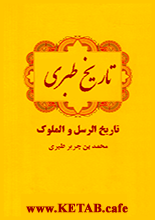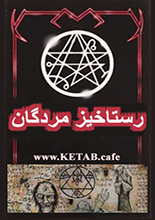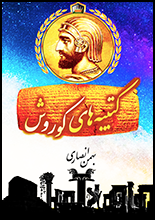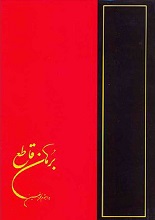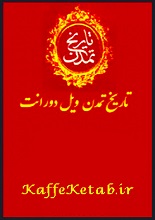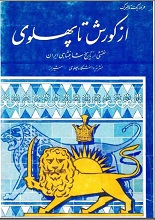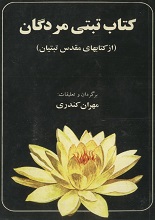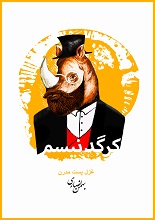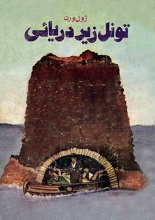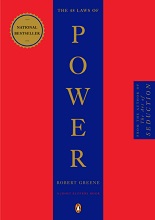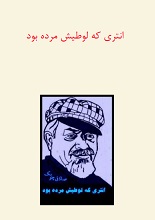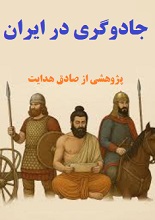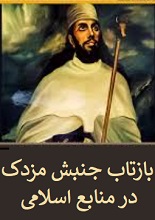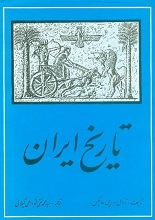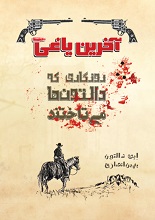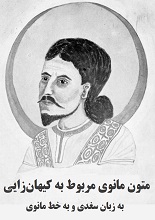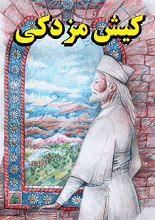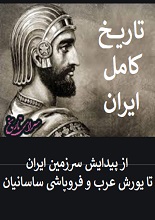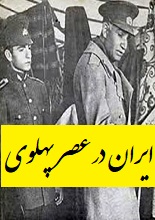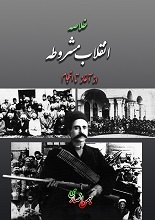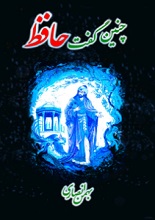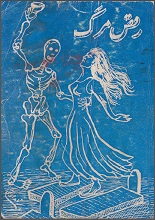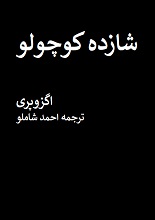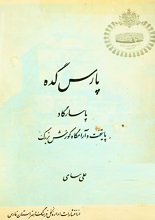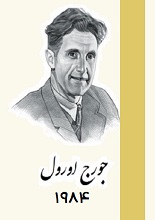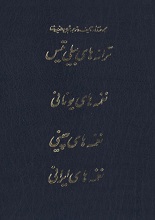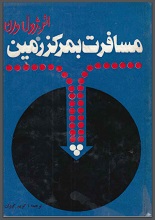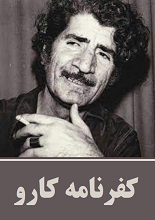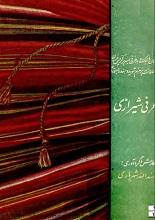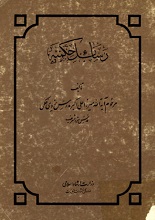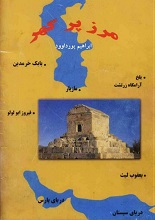The relationship between Persia and the Bible is one of the most fascinating intersections of history, religion, and culture in the ancient world. The book Persia and the Bible, written by Edwin M. Yamauchi, offers a comprehensive and scholarly examination of how the mighty Persian Empire influenced the Jewish people, biblical narratives, and the shaping of early Western civilization. This monumental work bridges archaeology, linguistics, and biblical studies, providing readers with a deep understanding of how the Persian world and the Hebrew Scriptures intertwined over centuries of cultural exchange, conquest, and faith.
The Historical Context of Persia and the Bible
Persia, known today as Iran, once stood as the center of one of the greatest empires in human history. Founded by Cyrus the Great in the 6th century BCE, the Achaemenid Empire stretched from the Indus Valley to the Mediterranean Sea. Its vastness was not only geographical but also cultural, encompassing diverse peoples, languages, and religions.
When we speak of the Persian Empire in relation to the Bible, we refer primarily to the period following the Babylonian exile. After conquering Babylon in 539 BCE, Cyrus issued the famous edict allowing the Jewish exiles to return to Jerusalem and rebuild their temple. This act of liberation is one of the most significant moments in biblical history, and it is recounted with great reverence in the Book of Ezra, where Cyrus is even called “God’s anointed.”
In Persia and the Bible, Yamauchi meticulously explores this context, presenting evidence from archaeological discoveries, ancient inscriptions, and classical sources. He demonstrates how Persian policies of tolerance and administrative genius shaped the post-exilic Jewish community and influenced their religious development.
The Role of Cyrus the Great in Biblical History
No figure better represents the intersection of Persian and biblical history than Cyrus the Great. Revered as a liberator rather than a conqueror, Cyrus’s unique leadership style set him apart from other ancient rulers. The Cyrus Cylinder, often described as the world’s first charter of human rights, stands as a testament to his vision of governance through respect and diversity.
Yamauchi explores how Cyrus’s rule was interpreted by the biblical authors. In Isaiah 45:1, Cyrus is portrayed as a chosen instrument of God, even though he was not part of the covenantal community. This extraordinary portrayal reflects the theological breadth of the Hebrew Scriptures, recognizing that divine purpose could manifest even through foreign rulers.
Through detailed analysis, Persia and the Bible reveals that the Jewish people did not merely survive under Persian rule—they flourished. With imperial support, they rebuilt the Temple, restored their priestly hierarchy, and began to codify sacred texts that would eventually form the Hebrew Bible as we know it today.
Persian Influence on Jewish Religion and Culture
Persian ideas did not only affect Jewish politics but also their worldview. Many scholars, including Yamauchi, discuss how Persian religious concepts such as dualism, angelology, and eschatology may have influenced later Jewish and Christian thought.
The Zoroastrian religion, centered on the cosmic struggle between Ahura Mazda (the Wise Lord) and Angra Mainyu (the Evil Spirit), presented a moral dualism that paralleled emerging Jewish ideas of good versus evil, heaven and hell, and the end times. While Yamauchi maintains a cautious stance—distinguishing influence from mere parallelism—he acknowledges that exposure to Persian cosmology during the exile and afterward likely left an intellectual imprint on Jewish theology.
This cultural exchange extended beyond religion. Administrative models, coinage systems, and linguistic borrowings entered Jewish life through Persian channels. The Aramaic language, widely used throughout the empire, became a common tongue for Jews and was even used in portions of the Bible, such as the books of Daniel and Ezra.
Archaeological Insights and Historical Evidence
One of the book’s greatest strengths lies in its integration of archaeology with biblical scholarship. Yamauchi draws upon a vast range of archaeological findings—from Persepolis and Susa to Babylon and Jerusalem—to substantiate his narrative.
At Persepolis, the royal palace complex of Darius and Xerxes, inscriptions in Old Persian, Elamite, and Akkadian provide direct evidence of the empire’s administration, religious practices, and cultural diversity. Similarly, discoveries in Susa, the setting of the Book of Esther, confirm the historical plausibility of Persian court life as depicted in the Bible.
Yamauchi’s discussion of the Elephantine Papyri—documents from a Jewish military colony in Egypt during the Persian period—is especially revealing. These texts illuminate how Jewish communities outside Judah lived under Persian rule, balancing loyalty to both empire and faith.
Through these interdisciplinary insights, Persia and the Bible reconstructs a vivid picture of life under Persian dominion, one that challenges simplistic interpretations and invites readers to appreciate the complexity of biblical-era geopolitics.
The Books of Ezra, Nehemiah, Daniel, and Esther in Persian Context
A major portion of the Bible unfolds against the backdrop of the Persian Empire. Persia and the Bible delves deeply into these texts, offering historical and linguistic commentary that enriches their understanding.
In Ezra and Nehemiah, we see the direct impact of Persian royal policy. The reconstruction of Jerusalem’s temple and walls was made possible by imperial decrees and funding. The Persian kings allowed local autonomy under their overarching authority, a pragmatic policy that ensured loyalty across the empire’s vast expanse.
The Book of Daniel, with its visions of successive empires, reflects both the trauma and hope of Jews living under foreign domination. Yamauchi situates Daniel within the broader Persian milieu, noting the influence of Persian court titles, administrative systems, and symbolism on the text.
Meanwhile, the Book of Esther offers an extraordinary glimpse into Persian court life. Although the narrative never mentions God directly, its depiction of power, providence, and identity resonates deeply with themes of divine protection amid exile. Yamauchi compares the descriptions of royal banquets, laws, and palace intrigue with Persian historical sources, revealing how accurately the book mirrors Achaemenid customs.
Persian Legacy in Later Biblical and Christian Thought
Even after the fall of the Persian Empire to Alexander the Great, its influence persisted. The ideals of tolerance, justice, and universal kingship promoted by Persian rulers echoed through later Jewish and Christian writings.
Yamauchi points out that early Christians living under the Roman Empire inherited many concepts first articulated under Persian rule—particularly the notion of a universal moral order and a coming judgment. Some scholars even suggest that the Magi who visited Jesus at His birth (Matthew 2:1–12) were Zoroastrian priests from Persia, symbolizing the enduring spiritual link between the East and the biblical tradition.
See Also:
Babylonian Inscriptions
Cyrus Rising
Media and Achaemenid Iran
The Importance of Edwin M. Yamauchi’s Scholarship
Edwin M. Yamauchi, a respected historian and linguist, brings unparalleled expertise to Persia and the Bible. Fluent in multiple ancient languages, including Hebrew, Aramaic, Akkadian, and Old Persian, he synthesizes evidence from across the Near Eastern world.
His work stands out for its balance between faith and critical scholarship. While deeply respectful of the biblical text, Yamauchi approaches it as a historical document that must be read alongside archaeology and ancient Near Eastern literature. This dual approach makes Persia and the Bible a cornerstone resource for students of theology, history, and archaeology alike.
Why Persia and the Bible Remains Relevant Today
In a world still grappling with questions of cultural identity, religious tolerance, and historical truth, Persia and the Bible remains profoundly relevant. It reminds readers that civilizations thrive not through isolation but through exchange. The encounter between Persia and the Jewish people was not merely political—it was spiritual, intellectual, and cultural.
Modern readers can draw lessons from this ancient relationship. The Persian model of governance—based on diversity, inclusion, and respect for local customs—offers insights for contemporary societies navigating multicultural realities. Likewise, the Jewish response to exile and restoration reflects timeless themes of resilience and faith under adversity.
Moreover, the book challenges Western readers to recognize the central role that the Iranian world played in shaping Judeo-Christian heritage. Far from being peripheral, Persia was a bridge between East and West, between polytheism and monotheism, between empire and covenant.
دانلود چند کتاب دیگر:
دانلود کتاب مقدس
دانلود انجیل
دانلود تورات
دانلود زبور
دانلود تلمود
دانلود اوستا
A Journey Through Time, Faith, and Civilization
Reading Persia and the Bible feels like traveling through time. Each chapter unveils new layers of understanding—of empires rising and falling, prophets speaking across centuries, and faith enduring amidst foreign rule. Yamauchi’s prose combines scholarly precision with narrative grace, transforming archaeological fragments into living history.
He transports readers to the bustling courts of Susa, the ceremonial terraces of Persepolis, and the exilic communities along the Tigris and Nile. Through these vivid scenes, the story of Persia’s encounter with the Bible comes alive not as a distant academic topic but as a living dialogue between faiths and civilizations.
Download Persia and the Bible PDF
Persia and the Bible is far more than a historical study—it is a window into the soul of two ancient worlds whose meeting changed the course of history. It illuminates how divine purpose operates through the ebb and flow of empires, and how cultural exchange can become a vessel for revelation.
By combining rigorous research with deep respect for the biblical tradition, Edwin M. Yamauchi offers readers a transformative perspective on the ancient Near East. His book reminds us that the roots of Western spirituality and ethics reach deep into the Persian soil—a soil that nurtured prophets, kings, and scholars alike.
For anyone interested in the intersection of archaeology, theology, and world history, Persia and the Bible is an indispensable work. It not only deepens our understanding of the past but also invites us to reflect on the enduring power of dialogue across cultures and faiths.
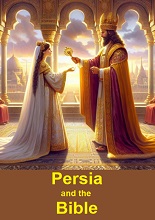
برای دانلود این کتاب، ابتدا باید عضو سایت بشوید.
پس از عضویت، لینک دانلود این کتاب و همهی کتابهای سایت برای شما فعال میشوند.
(قبلا عضو شدهاید؟ وارد شوید)
